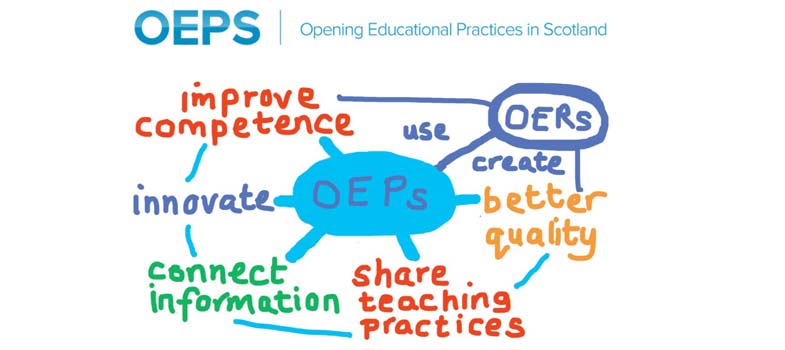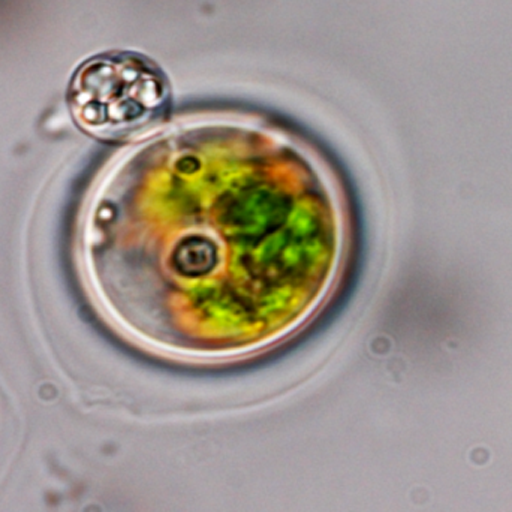3.4.2 Microalgae
Haematococcus spp.
Haematococcus pluvialis Flotow is a chlorophyceae freshwater microalga increasingly attracting interest for industrial mass-scale cultivation. Under stressful conditions, for instance, nitrogen depletion, this species produces high levels of the ketocarotenoid astaxanthin (a pigment commonly used in cosmetics, nutraceuticals and as animal feed).
H. pluvialis represents an important natural source of this compound. There is established research into Green algal pathogens (e.g. Chlorella virus) within natural systems. However, mass cultivation has accelerated the rate of disease and pathogens are becoming critical. Among those, Hoffman et al. (2008) [Tip: hold Ctrl and click a link to open it in a new tab. (Hide tip)] first reported Paraphysoderma sedebokerense as a new pathogen of H.pluvialis in Israel and established its taxonomic position in the Blastocladiomycota closely related to the plant pathogen genus Physoderma. Since then, patent applications relating to its control have been developed in the USA and China, strongly suggesting that P. sedebokerense causes widespread production losses in industrial facilities across the world.
Further reading
Like many algal parasites, the life-cycle of P.s is highly complex. Our lab has discovered previously uncharacterised stage that you will find in the following article:
3.4.1 Macroalgae: Ulva lactuca brown spots

